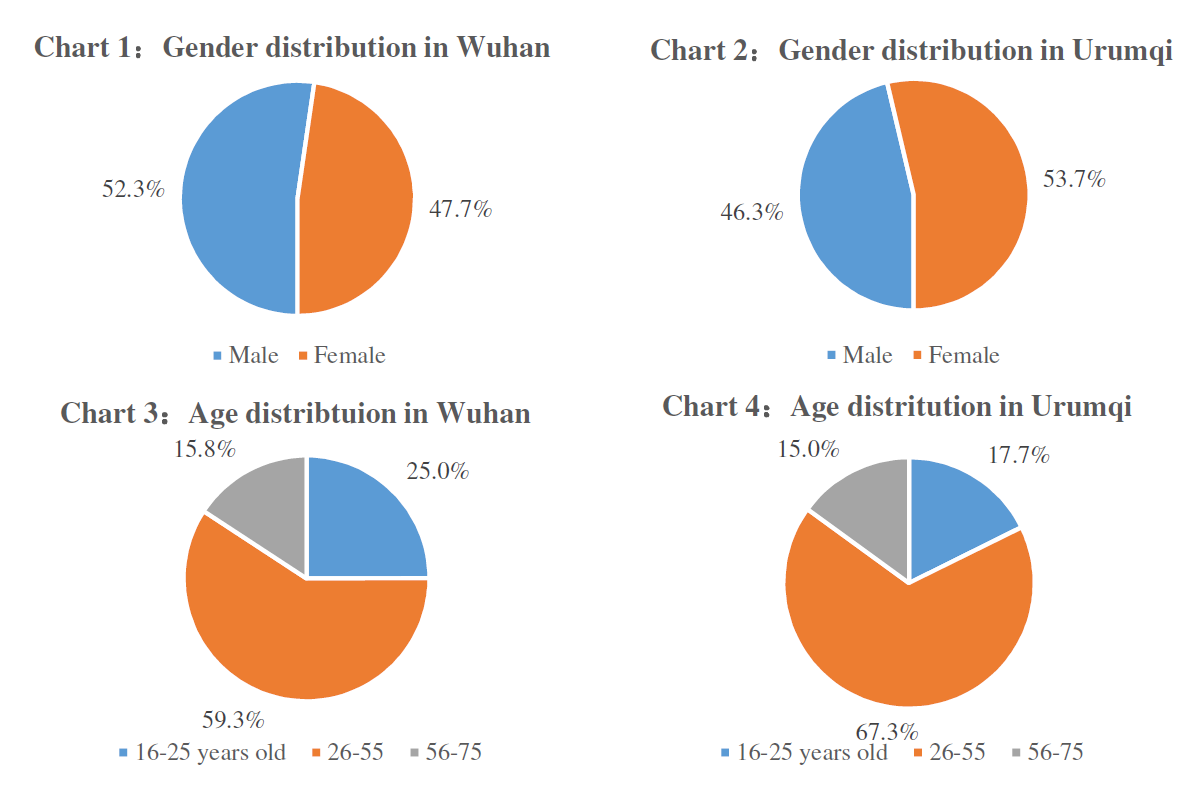Assessment of Gender Impacts of ITS
2017.07.24

| AUTHOR |
The World Bank |
| ORGANIZATION |
The World Bank |
| ABSTRACT |
Men and women have different transport needs, travel patterns and behavior. There is a growing effort in many countries to address gender aspects in urban transport planning and design. There is, however, a lack of evident data and systematic knowledge about the gender dimensions of intelligent transport systems (ITS). Little analytical work has been conducted to collect gender-disaggregated feedback on ITS applications in urban transport. Moreover, there is a knowledge gap in how to maximize the benefits of ITS through incorporating gender-specific needs during the planning, design, implementation, and operation stages. This study uses the Chinese cities of Wuhan and Urumqi as two case studies to evaluate the gender impacts of their existing urban transport ITS using data collected from a survey and focus group discussions. With financial support from the World Bank, Urumqi and Wuhan completed their first Bank-financed ITS construction in 2007 and 2010, respectively. They are now proposing to expand or upgrade ITS in their new Bank-financed projects. Taking advantage of this good opportunity, our team visited the two case study cities and explored impacts of ITS on gender. The findings suggest that men and women have unique travel patterns and transport demands, which result in special requirements of ITS and that ITS can play a significant role in filling the gender gap in urban transport. In addition to improving infrastructure and intelligent transport facilities, it is important to increase awareness of gender-related transport issues among policy makers and practitioners in transport and ITS. |



